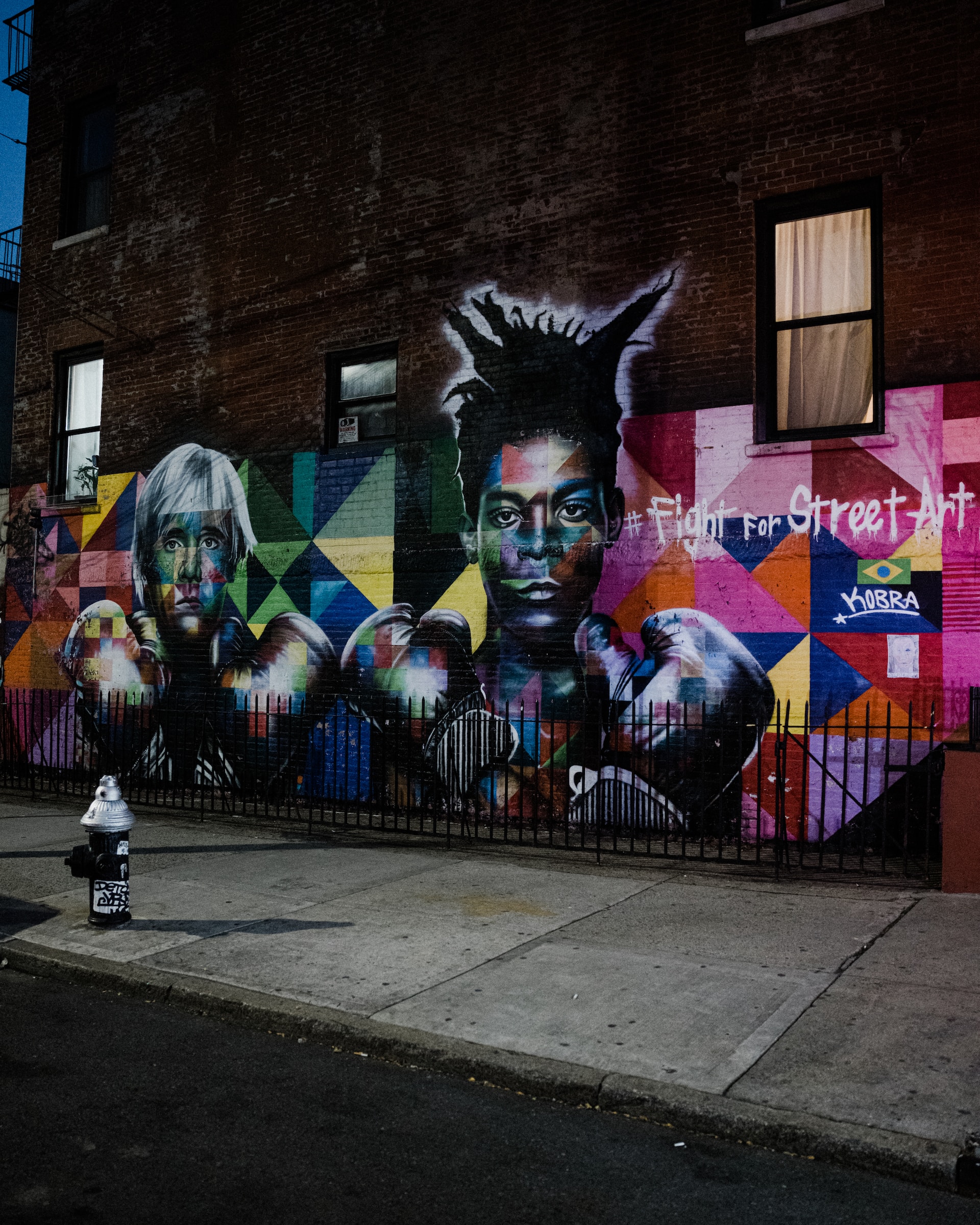You might have noticed that I’m a bit of an Andy Warhol fan.
My academic journey led me from the arts to business, and some of that shift was inspired by pop art in general and by Warhol in particular. A lot of this is because of how pop artists turned the accepted conventions of the art world on their heads.
Andy Warhol the Marketer
People talk about Warhol as a hugely influential artist (and he was), but very few acknowledge his work as a marketer.
Warhol started his career as a commercial illustrator. He worked for renowned magazines exclusively in commercial design, creating advertisements for products like women’s shoes.
The move to an artist’s career took place in part due to Warhol’s thirst for fame, glamor, and fortune. As any marketer should, he had a keen interest in pop culture. His experience as a marketer didn’t influence his work as an artist; it defined it.
Style and Subject Matter
The works of art that Warhol is most famous for are flat, repetitive prints of objects, portraits, and brands. They’re stripped of all individual personality, down to the removal of brush strokes and sketch lines.
The works are emotionless, but they’re still raw.
Some will claim that these pieces are flat, openly commercial, and meaningless.
The generic nature of the pieces themselves serves as commentary on the subject matter.
Removing all life and personality from an artistic representation of a brand or object or person (and portraits are an exploration of brand) injects the representation itself with meaning.
From this style, we understand that as much as Warhol was fascinated with brands and consumption, he was also a critic of it.
Warhol as an Entrepreneur
There’s a conception of artists as poor geniuses, supported by patrons who look after their financial needs while they pursue art.
Warhol’s work and lifestyle destroyed this trope, and the pop art movement itself broke down the idea that artists must live a monk’s life of austerity and poverty.
Make no mistake, Warhol was a brand and his art was a business. He even called his studio “The Factory.” Warhol didn’t make his art. Instead he designed it, and hired employees to execute his design by making prints.
He essentially transformed art production into an industrial affair. He put it on an assembly line.
With the time he saved by employing people to create his art, he networked, produced films, and continued his own creative work.
In this sense, Warhol’s art was more performance than artifact.
The Democratization of Art
One of the biggest problems with the art world is that it’s reserved for the world’s most wealthy. The idea that rare works of art belong to rich individuals rather than to society still holds sway, and even works of art that appear in museum collections still belong to individuals.
With mass produced pop art, art was suddenly for everyone.
You still couldn’t hang the Mona Lisa in your apartment, but you could get a poster of it.
What pop artists did that critics thought cheapened the field of art itself actually brought art to the masses.
Warhol’s original works are still bought for millions of dollars, a fact that I think the artist would greet with both delight and dismay. But commercial prints of these pieces of art are a fair approximation of the original. Flat, expressionless, with mass appeal.
In the end, Warhol was both a devotee and a critic of materialism and celebrity. This duality is important to think about as a marketer. It informs us that even consumers who turn their backs on mass consumption still crave brands.
It also tells us that we can, in fact we must, use creativity in the creation and execution of branding and content, and that we can do that without sacrificing mass market appeal.


Leave a Reply